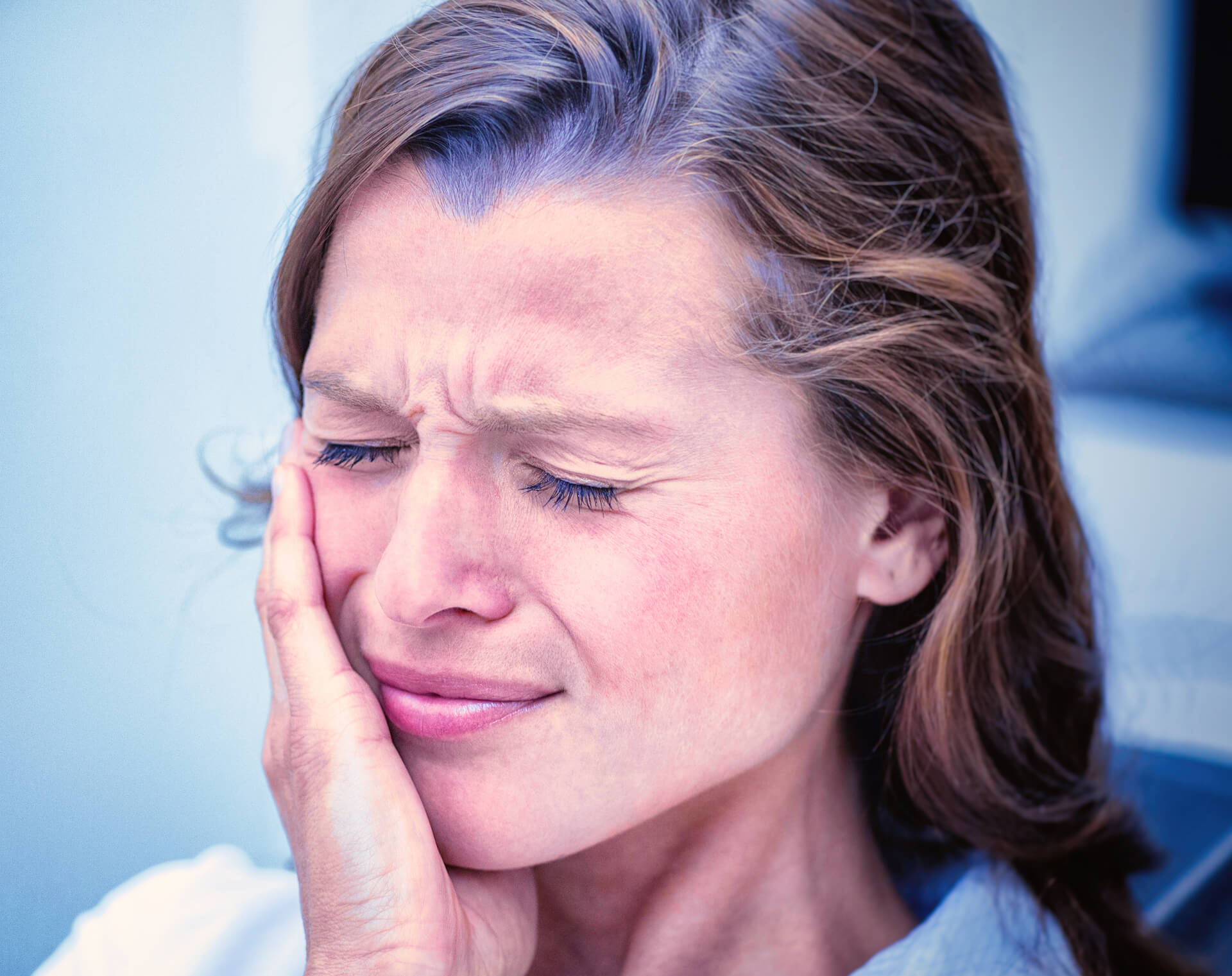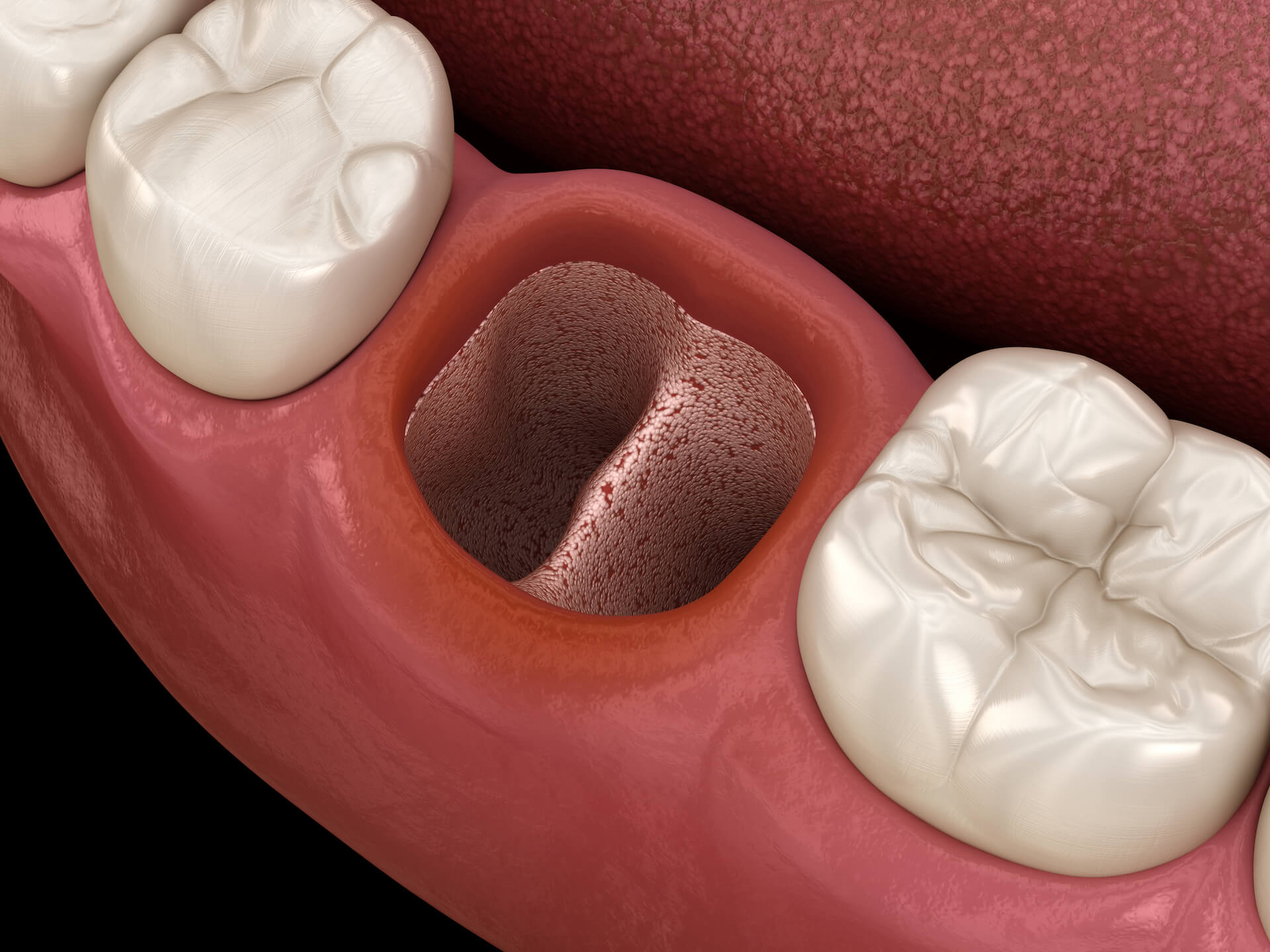Post Tooth Extraction Pain - Is It Normal?

Tooth extractions aren’t known for being particularly comfortable, unfortunately. Dentists do their best to prevent pain during the procedure by using anesthesia.
Reasons Why Throbbing Pain After Extraction Should Be Monitored
The discomfort you feel after the medicine wears off is still better than the pain of an infected tooth. If throbbing pain occurs after your extraction, then it could be from one of these 3 common causes.
Check for Signs of Normal Healing Pain
Your body has special pain receptors that respond when they detect damage or trauma. A tooth extraction involves irritating your gums and the underlying bone.
Although your Tempe dentist is careful to avoid causing unnecessary trauma, your body recognizes this as an injury.
Normal healing pain typically becomes noticeable after the oral anesthetic wears off. It tends to worsen over the next several hours. After peaking sometime within the first 24 hours, you’ll notice it gradually improving.
Most people feel mostly pain-free by the third or fourth day. Some swelling and soreness can continue throughout the first week.
Throbbing pain during the first 24 hours after your extraction is likely just a sign that your body is healing. The pain should respond well to any over-the-counter or prescription medications you take.
It may also decrease with basic self-care. Applying a cold pack to the outside of your cheek can help soothe the inflammation that causes pain.
Watch Out for Dry Socket
Removing a tooth leaves a small hole in your gums. A blood clot fills this hole and protects the underlying bone and nerves. Sometimes, a clot fails to form properly. One can also be lost before the tissue has a chance to fill in the hole.

When this happens, you may have a dry socket. As air and food reach the nerve in the extraction site, you may feel excruciating pain.
Dry socket responds well to cleaning out the area so that no food debris remains. We can also pack it with medicated gauze to encourage healing and protect the underlying bone and nerve.
Some people develop dry socket without any obvious reason why. You can do your best to prevent it by avoiding things that could dislodge the clot, such as smoking, or drinking from a straw.
Treat Painful Infections
Bacteria can sometimes invade the extraction site. You are more likely to develop an infection if you have gum disease. Forgetting to keep up your oral hygiene routine can also lead to infections.
We’ll let you know when you should start brushing and flossing again. Usually, you can brush your teeth after 24 hours, and you could be able to floss soon after. With both types of oral care, you’ll want to avoid the extraction site while it heals.
Throbbing pain isn’t the only symptom that you’ll likely notice with an infection. Swelling might increase during the time when it should be going down. You could also have a fever or see pus coming from the area.
Infections may be treated with topical or oral antibiotics. Usually, you’ll notice relief within a day or two after starting treatment.
Following our aftercare recommendations is the best way to avoid throbbing pain. If you experience pain that doesn’t respond to medicine, then give us a call. We can treat dry socket and infections so that you can get back on track with your healing.